University of North Carolina at Charlotte scholars have found evidence that the latest variants of H5N1 influenza — commonly known as avian or bird flu — are better at evading antibodies, including those of humans, than previous iterations of the virus.
Tag: Pathogens
Decoding Early Lyme Disease
A Rutgers Health physician-scientist publishes guidance for primary care doctors diagnosing and treating early Lyme disease, a bacterial infection
PNNL Scientists Tap Nation’s Fastest Computers to Explore Critical Science Questions
Researchers will explore climate, pathogens and energy-efficient microelectronics using 3 million node hours on the nation’s supercomputers.
Infectious Disease Doctor: Flying This Summer? Here’s What You Should Know Before Boarding.
The TSA just reported an all-time high for the number of airline travelers screened, and major U.S. airlines expect to transport 271 million passengers this summer, a 6.3 percent increase from last year. Now, board-certified infectious disease physician Carl Abraham, M.D., assistant…
3D-Printed Chip Sensor Detects Foodborne Pathogens for Safer Products
In AIP Advances, researchers have developed a new method for detecting foodborne pathogens that is faster, cheaper, and more effective than existing methods. Their microfluidic chip uses light to detect multiple types of pathogens simultaneously and is created using 3D printing, making it easy to fabricate in large amounts and modify to target specific pathogens.
Battling anthracnose: unearthing the plant’s arsenal against pathogenic fungi
A pivotal study has shed light on the intricate mechanisms of nonhost resistance (NHR) in plants, a critical defense against a broad spectrum of pathogens. By identifying and characterizing four novel core effectors from the pathogen Colletotrichum fructicola, researchers have unveiled key players in the plant Nicotiana benthamiana’s immune response.
Heat and disease: the genetic tug-of-war in pepper immunity
A recent study has discovered that SALT TOLERANCE HOMOLOG2 (CaSTH2), a gene in pepper, acts as a negative regulator of the plant’s defense mechanisms.
The Roles of Rhizospheric and Endophytic Microorganisms on the Regulation of Secondary Metabolites Accumulation in Medicinal Plants-A Review from Medicinal Plant Research Center of South China Agricultural University
Medicinal plants are important economic crops and of great value in healthcare industry.

RUDN ecologists healed apples from fungus using eucalyptus
RUDN University ecologists have discovered that eucalyptus leaves can cure apples from fungal diseases. They can be a natural alternative to toxic fungicides.
Biodiversity appears to strongly suppress pathogens and pests in many plant and animal systems, but this “dilution effect” can vary strikingly in magnitude
This study uses forest inventory data from over 25,000 plots to show that the prevalence of tree pests is jointly controlled by the diversity and phylogenetic composition of forests.
An increase in blood-sucking black flies is expected in Germany
Only six millimeters in length, black flies (Simuliidae) may look harmless like house flies, but their bites can be very unpleasant.

Detecting Pathogens–and Sepsis–Faster and More Accurately by Melting DNA
A new analysis method can detect pathogens in blood samples faster and more accurately than blood cultures, which are the current state of the art for infection diagnosis. The new method, called digital DNA melting analysis, can produce results in under six hours, whereas culture typically requires 15 hours to several days, depending on the pathogen.
How to slow the spread of deadly ‘superbugs’
Harnessing new advances in genomic surveillance technology could help detect the rise of deadly ‘superbugs’
Pandemic Prevention Consortium Announces New Leadership Team
STOP Spillover, a project funded by the U.S. Agency for International Development (USAID) and led by Tufts University, has announced that the interim leadership team that was put in place in March 2023 will take on a permanent role for the next two years of the project.
Expert weighs in on emerging plant disease affecting boxwoods
A West Virginia University plant pathology expert is offering tips to help reduce the spread of a plant disease, called boxwood blight, that is currently threatening one of the most popular shrubs. Mahfuz Rahman, a professor and plant pathology specialist…
Common Wristbands ‘Hotbed’ for Harmful Bacteria Including E. Coli, Staphylococcus
Routinely cleaning wristbands is generally ignored. New research finds 95 percent of wristbands tested were contaminated. Rubber and plastic wristbands had higher bacterial counts, while gold and silver, had little to no bacteria. Bacteria found were common skin residents of the genera Staphylococcus and Pseudomonas, and intestinal organisms of the genera Escherichia, specifically E. coli. Staphylococcus was prevalent on 85 percent of the wristbands; researchers found Pseudomonas on 30 percent of the wristbands; and they found E. coli bacteria on 60 percent of the wristbands, which most commonly begins infection through fecal-oral transmission.
Researchers create packaging tray that warns of contamination before food is unwrapped
Researchers at McMaster University have created a new packaging tray that can signal when Salmonella or other dangerous pathogens are present in packages of raw or cooked food such as chicken.
Therapy Animals and a Review of the Risk for Zoonotic Transmission
Animal-Assisted interventions (AAI) are implemented in hospitals and rehabilitation centers to produce many advantages for the patients but could expose them to pathogens transmission, a process known as zoonosis.
Perfect ‘Pathogen’ Storm: Vibrio Bacteria, Sargassum and Plastic Marine Debris
Little is known about the ecological relationship of Vibrio bacteria with Sargassum. Evidence also is sparse as to whether vibrios colonizing plastic marine debris and Sargassum could potentially infect humans. As summer kicks off and efforts are underway to find solutions to repurpose Sargassum, could these substrates pose a triple threat to public health? Results of a study representing the first Vibrio spp. genome assembled from plastic finds Vibrio pathogens have the unique ability to “stick” to microplastics, harboring potent opportunistic pathogens.
New strategy identified to curb a fungal infection affecting more than 150 crops
Tomatoes, bananas, cabbages, melons, pumpkins and cucumbers… are just some of the 150 crops of commercial interest that are victims of Fusarium oxysporum, one of the most important pathogens in the world due to the millions of dollars in losses it is responsible for and its ability to attack different types of plants.
Microanatomical lipid niche controls intestinal memory B cell migration and effector function
Enteric infections are a leading global burden, yet few oral vaccines elicit long-lasting immunity and prevent disease, likely due to our lack of understanding of intestinal immunological memory. Long-lived memory B cells can be rapidly reactivated to differentiate into plasma…
Fresh veggies need a good scrubbing to prevent contamination
Cangliang Shen, a researcher with the West Virginia University Davis College of Agriculture, Natural Resources and Design and WVU Extension, has studied the microbial safety of both local farmers market produce and mobile poultry processing units, revealing risks from bacteria like E. coli, listeria and salmonella.
CoDe tool makes vaccine development faster and more accurate
A new software tool developed by Texas Biomedical Research Institute and collaborators can help scientists and vaccine developers quickly edit genetic blueprints of pathogens to make them less harmful. The tool, called CoDe – short for Codon Deoptimization – enables users to make precise edits to a genetic code to make genes less functional – in other words, to deoptimize the genes.
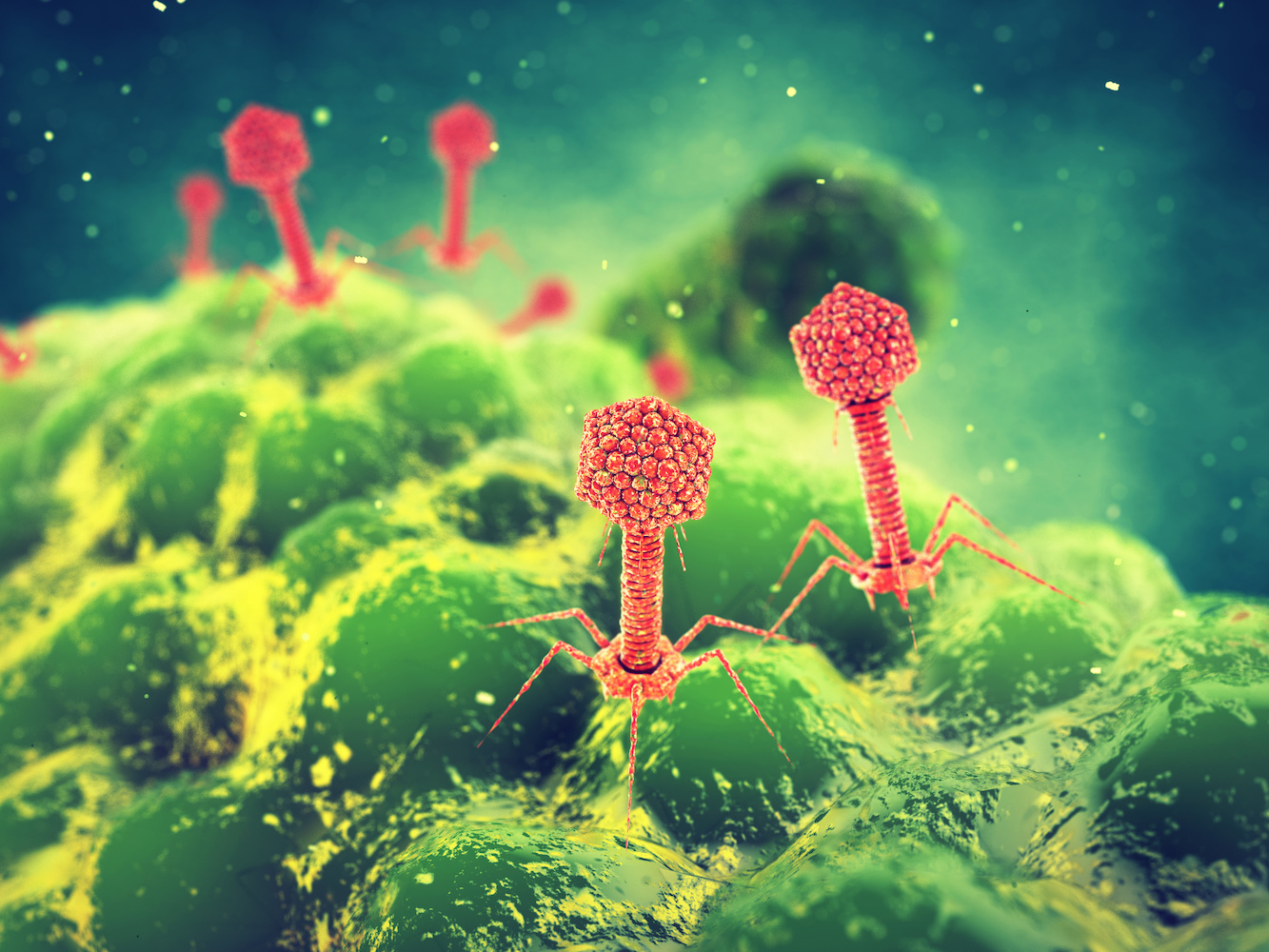
A Quick New Way to Screen Virus Proteins for Antibiotic Properties
A whole new world of antibiotics is waiting inside the viruses that infect bacteria. Our scientists are making it easier to study them.
Researchers Discover Mechanisms of Drug-Resistant Fungal Infection in Transplant Patient
Experts Encourage Rapid Genomic Screenings and Development of New Therapeutics for Drug-Resistant Pathogens to Address Emerging Global Health Concern
Immune Cells Anchored in Tissues Offer Unique Defenses Against Pathogens and Cancers
Researchers are expanding their understanding of unique immune “memory” cells equipped to remember malicious invaders. They developed an atlas that describes tissue-resident memory cells in diverse settings, boosting prospects for new immune defense strategies at vulnerable infection sites.

National Researcher of the Year 2022 Decodes Drug Resistance in Animals – A Step towards Sustainable Solutions
Chula Veterinary Lecturer and “National Outstanding Researcher 2022” has revealed the genetic code that causes drug resistance in animals that affects human health, animals, and the environment, and suggests comprehensive solutions under the concept “One Health”.
IAFNS Research Assistant Develops Videos on Bulk Sampling Tool for Food Safety
IAFNS Research Assistant advances food safety sampling efforts with instructive videos for new bulk product sampling tool.
Infection detection: DNA researchers develop critical shortcut to detect and identify known and emerging pathogens
Researchers at McMaster University have developed a sophisticated new tool that could help provide early warning of rare and unknown viruses in the environment and identify potentially deadly bacterial pathogens which cause sepsis, among other uses.
Los Alamos teams with international group to examine spread of infectious disease by migratory birds
A multinational effort is underway to understand and control the spread of disease among migratory birds.
Health Status of Vulnerable Gopher Tortoises Revealed in Southeastern Florida
In previously unstudied gopher tortoise aggregations, researchers found that overall, 42.9 percent had circulating antibodies to an infectious bacterium that causes upper respiratory tract disease. Physical examination showed that 19.8 percent had clinical signs consistent with upper respiratory tract disease and 13.2 percent had some form of physical abnormality. None of the tortoises tested positive for Ranavirus or Herpesvirus, which represents important baseline data, since these viruses are thought to be emerging pathogens of other tortoise and turtle species.
Collaborative Nutrition and Food Research Institute Welcomes New Project Ideas
The Institute for the Advancement of Food and Nutrition Sciences (IAFNS) today is opening a free online portal for the public to submit ideas on science projects related to nutrition and food safety.
Heavy charge against water germs
Removing pathogens from drinking water is especially difficult when the germs are too tiny to be caught by conventional filters. Researchers at Empa and Eawag are developing new materials and processes to free water from pathogenic microorganisms such as viruses.
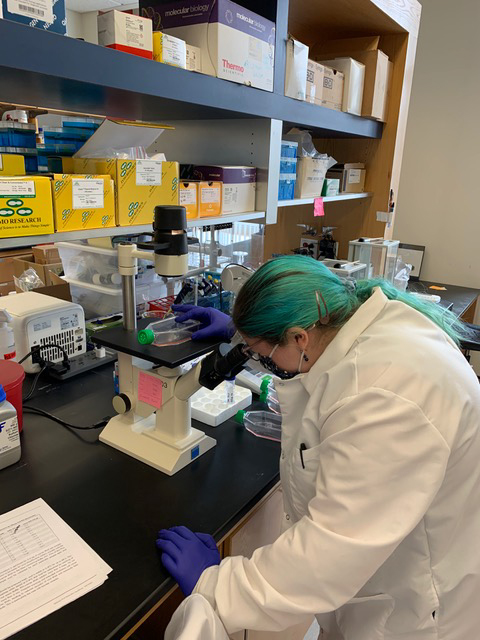
In pursuit of pathogens
In a time when most people are avoiding diseases like the plague, one WVU biology student is pursuing them instead.
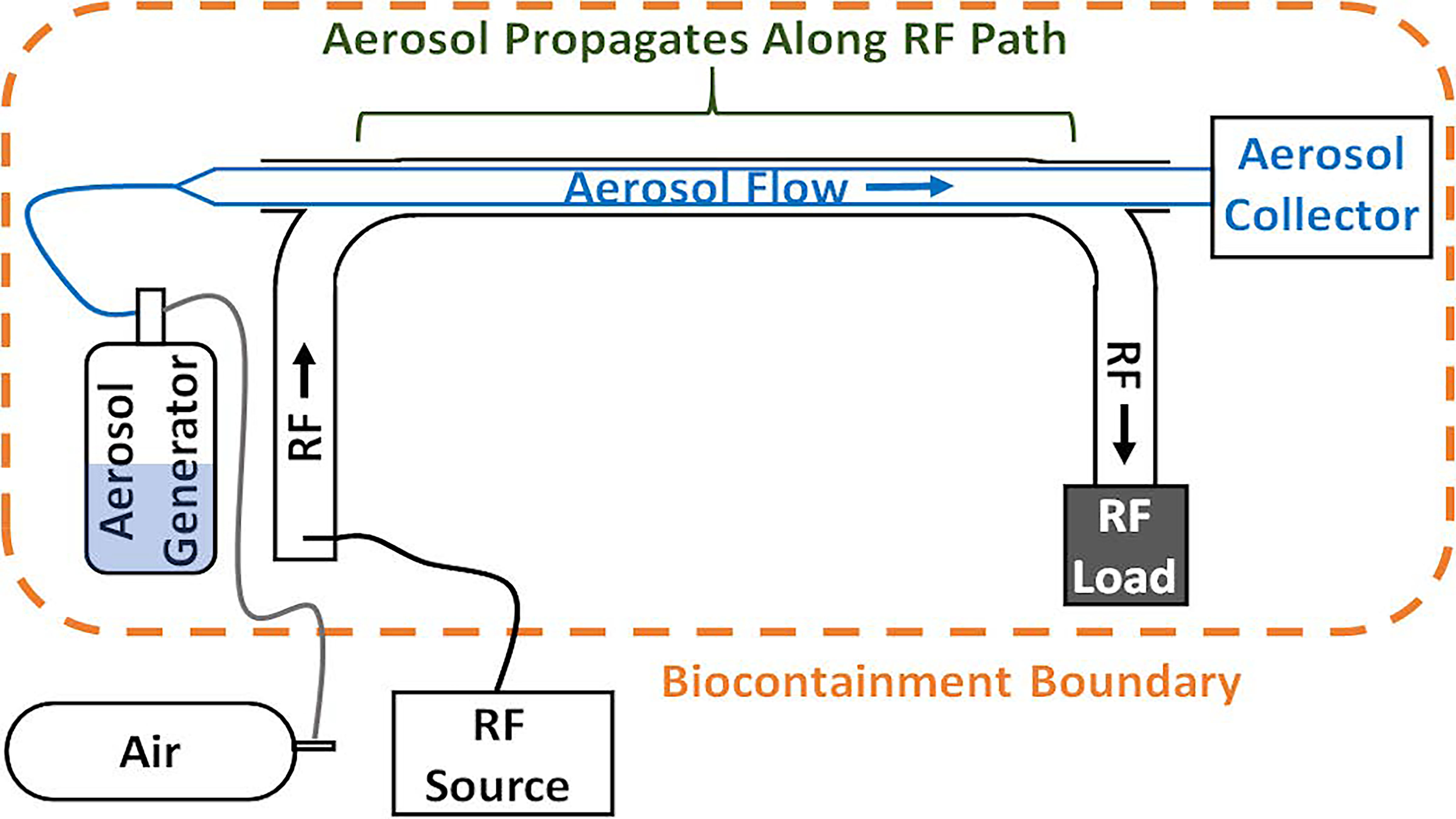
Microwaves Used to Deactivate Coronavirus, Flu, Other Aerosolized Viruses
As the pandemic continues, scientists are increasingly focused on developing methods to assist in decontaminating surfaces and spaces. In Review of Scientific Instruments, researchers report on experimental tools capable of presenting electromagnetic waves to an aerosol mixture with the capability to vary power, energy, and frequency of the electromagnetic exposure. The researchers seek to better characterize the threshold levels of microwave energy needed to inactivate aerosolized viral particles and reduce their ability to spread infection.

What’s That Growing on Your Face Mask?
Many people reuse masks and other face coverings many times without sanitizing them. That is likely because current sanitization methods can be cumbersome. A new device using a hanging rack and UV-C light can sterilize up to six masks and other items simultaneously and quickly, killing bacteria, yeasts, mold spores, and viruses. This device has shown its efficacy against pathogens including the highly-contagious E-coli, which was eradicated in about one minute.

Story Tips: Ice breaker data, bacterial breakdown, catching heat and finding order
ORNL story tips: Ice breaker data, bacterial breakdown, catching heat and finding order
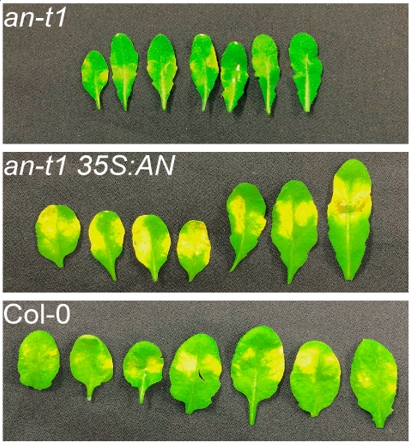
Optimizing Plant Defense against Pathogens
Plants have sophisticated defense mechanisms that activate specific genes in response to specific pathogens. Scientists investigated the tradeoffs in plant defenses against two pathogens. They identified a protein in Arabidopsis plants that regulates genes involved in pathogen response to target defenses.
Researchers awarded over $11 million to study multi-drug resistant infection factors
A study aimed at better understanding why some critically ill patients develop multidrug-resistant infections is underway by researchers at The University of Texas Health Science Center at Houston (UTHealth). The multi-institution study will enroll patients at Memorial Hermann Hospital-Texas Medical Center and The University of Texas MD Anderson Cancer Center.
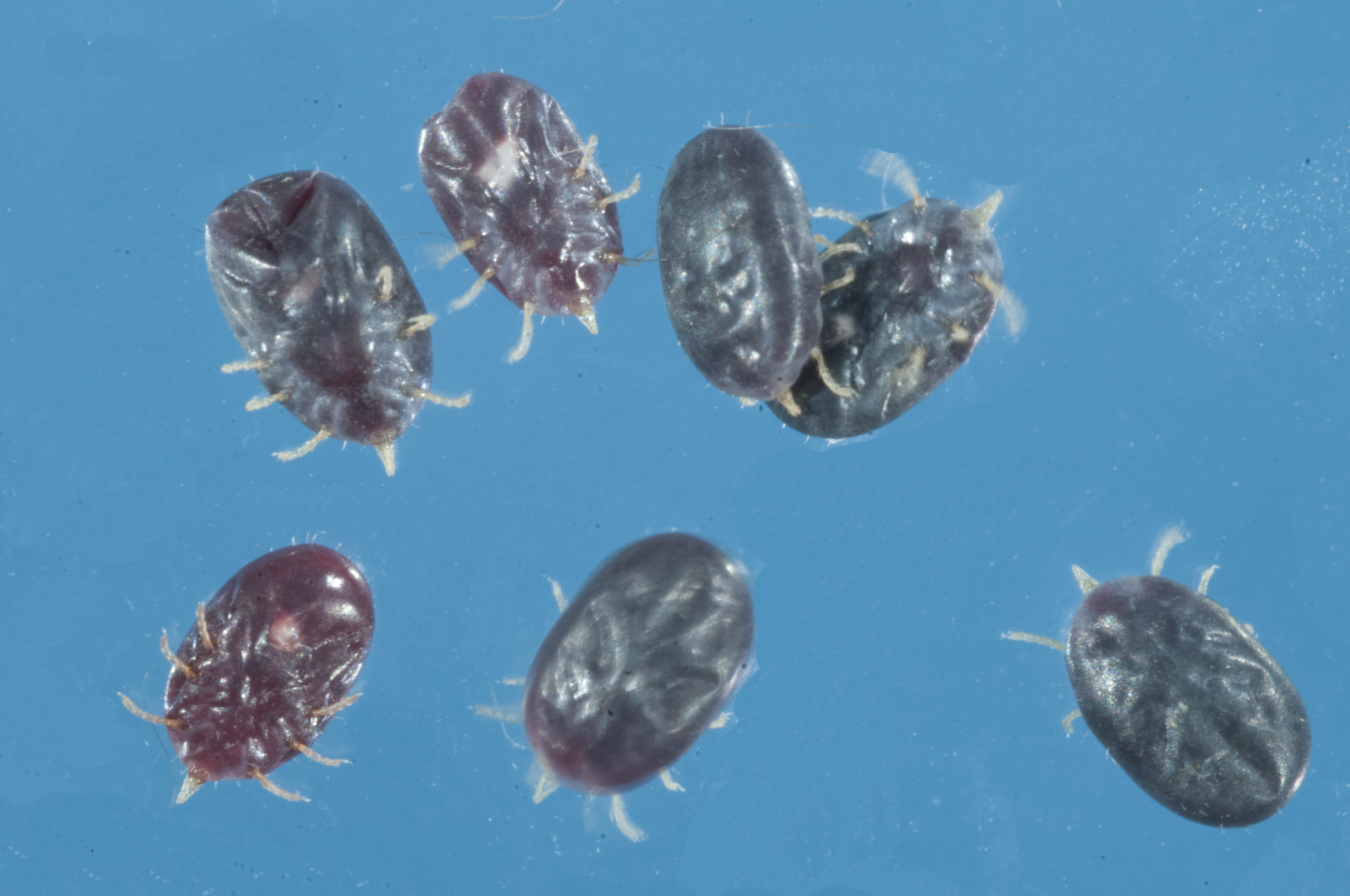
Bat Tick Found for the First Time in New Jersey
A tick species associated with bats has been reported for the first time in New Jersey and could pose health risks to people, pets and livestock, according to a Rutgers-led study in the Journal of Medical Entomology. This species (Carios kelleyi) is a “soft” tick. Deer ticks, which carry Lyme disease, are an example of “hard” ticks.

Newly discovered pathogen in NY apples causes bitter rot disease
In a study of New York state apple orchards, Cornell University plant pathologists have identified a new fungal pathogen that causes bitter rot disease in apples.
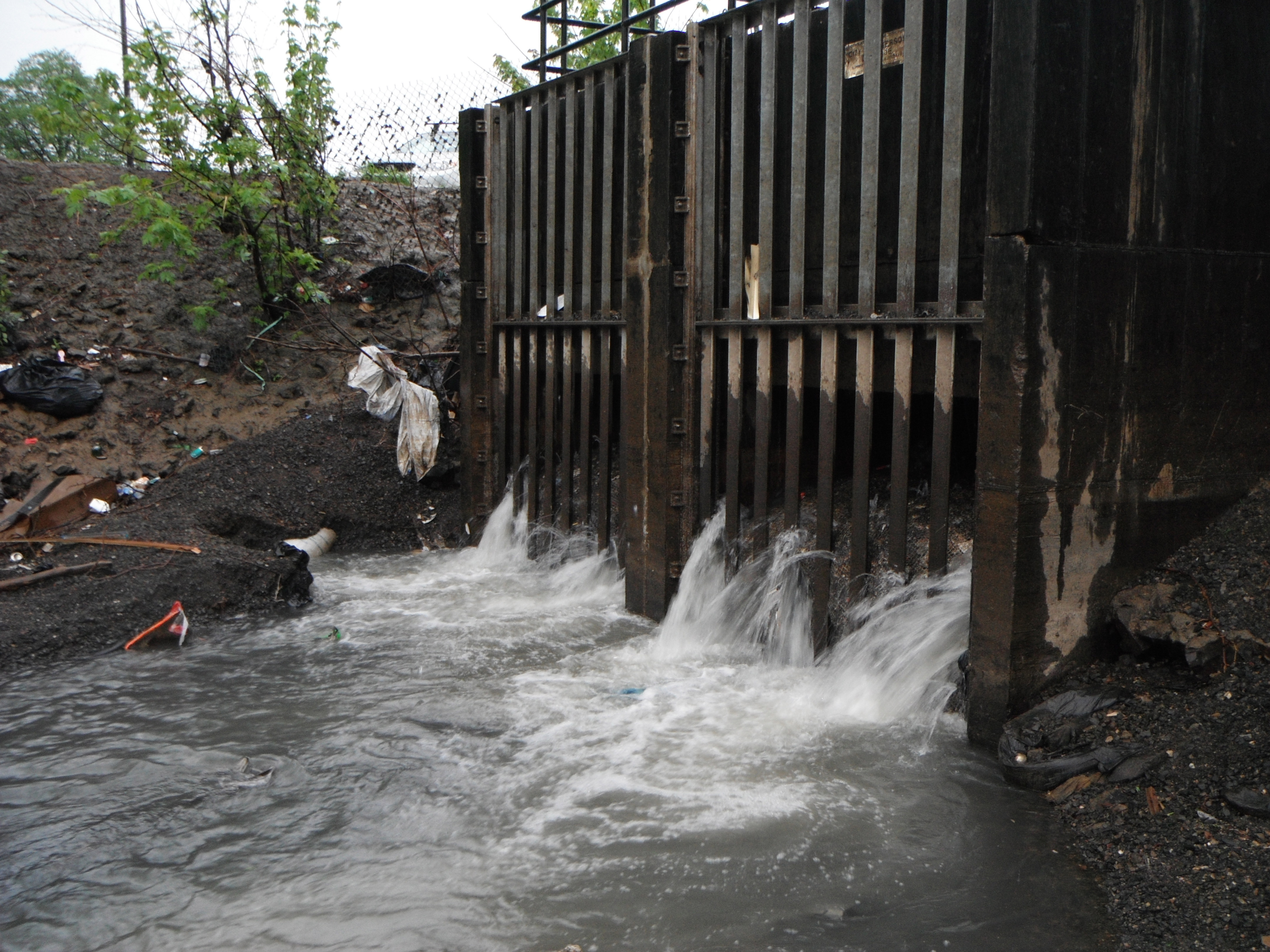
Harmful Microbes Found on Sewer Pipe Walls
Can antibiotic-resistant bacteria escape from sewers into waterways and cause a disease outbreak? A new Rutgers study, published in the journal Environmental Science: Water Research & Technology, examined the microbe-laden “biofilms” that cling to sewer walls, and even built a simulated sewer to study the germs that survive within.

Dangerous Tick-Borne Bacterium Extremely Rare in New Jersey
There’s some good news in New Jersey about a potentially deadly tick-borne bacterium. Rutgers researchers examined more than 3,000 ticks in the Garden State and found only one carrying Rickettsia rickettsii, the bacterium that causes Rocky Mountain spotted fever. But cases of tick-borne spotted fevers have increased east of the Mississippi River, and more research is needed to understand why, according to a study in the American Journal of Tropical Medicine and Hygiene.

Viruses Can Steal Our Genetic Code to Create New Human-Virus Genes
Like a scene out of “Invasion of the Body Snatchers,” a virus infects a host and converts it into a factory for making more copies of itself.
Researchers Identify Seasonal Peaks for Foodborne Infections
Using a newly developed approach, researchers have identified seasonal peaks for foodborne infections that could be used to optimize the timing and location of food inspections.
Rutgers Expert Available to Discuss Risks of Ocean Activities During COVID-19 Pandemic
New Brunswick, N.J. (May 21, 2020) – Rutgers University–New Brunswick Professor Kay Bidle is available for interviews on the possible risks from the novel coronavirus or other pathogens while swimming or surfing in oceans, bays, lakes and rivers. “We currently know very…
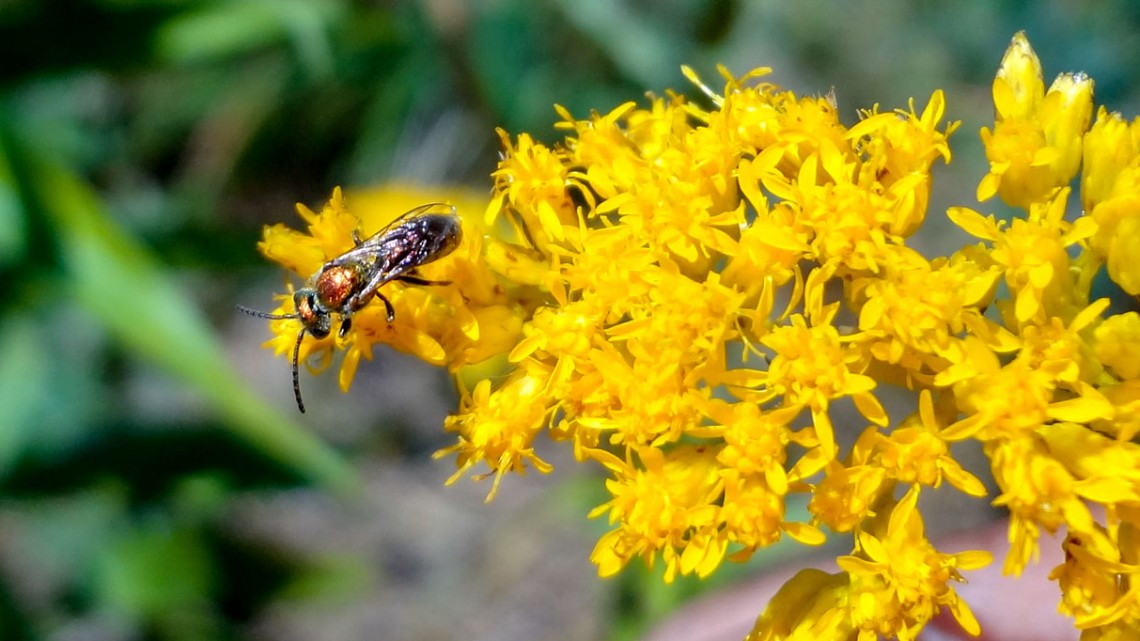
Cornell research traces how farmlands affect bee disease spread
A new Cornell University study on bees, plants and landscapes in upstate New York sheds light on how bee pathogens spread, offering possible clues for what farmers could do to improve bee health.

NAU launches COVID-19 Testing Service Center to evaluate new drugs to fight deadly virus
The Pathogen and Microbiome Institute (PMI) at Northern Arizona University (NAU) today announced that it is launching the COVID-19 Testing Service Center (CTSC) to grow the SARS-CoV-2 virus and test new drugs against it. By repurposing its existing biodefense research infrastructure for the new testing facility—labs rated at Biosafety Level 3 (BSL-3), one of the highest levels of biocontainment—PMI is dedicating much of its significant research capacity to fight the COVID-19 pandemic.

COVID-19: Social distancing works — just ask these animals
As social distancing is now being practiced at all levels of human society in order to mitigate a pandemic’s spread, a Virginia Tech expert in disease ecology says we need to look no further than our animal counterparts to understand why…

Researchers discover how Zika virus remodels its host cell to boost viral production
Researchers in China have discovered how a Zika virus protein reshapes its host cell to aid viral replication. The study, which will be published December 23 in the Journal of Cell Biology, reveals that the viral protein NS1 converts an interior cellular compartment called the endoplasmic reticulum (ER) into a protective region where the virus can survive and replicate. Blocking this process could be a novel therapeutic strategy to treat patients infected with Zika or similar viral pathogens, such as the yellow fever and dengue viruses.